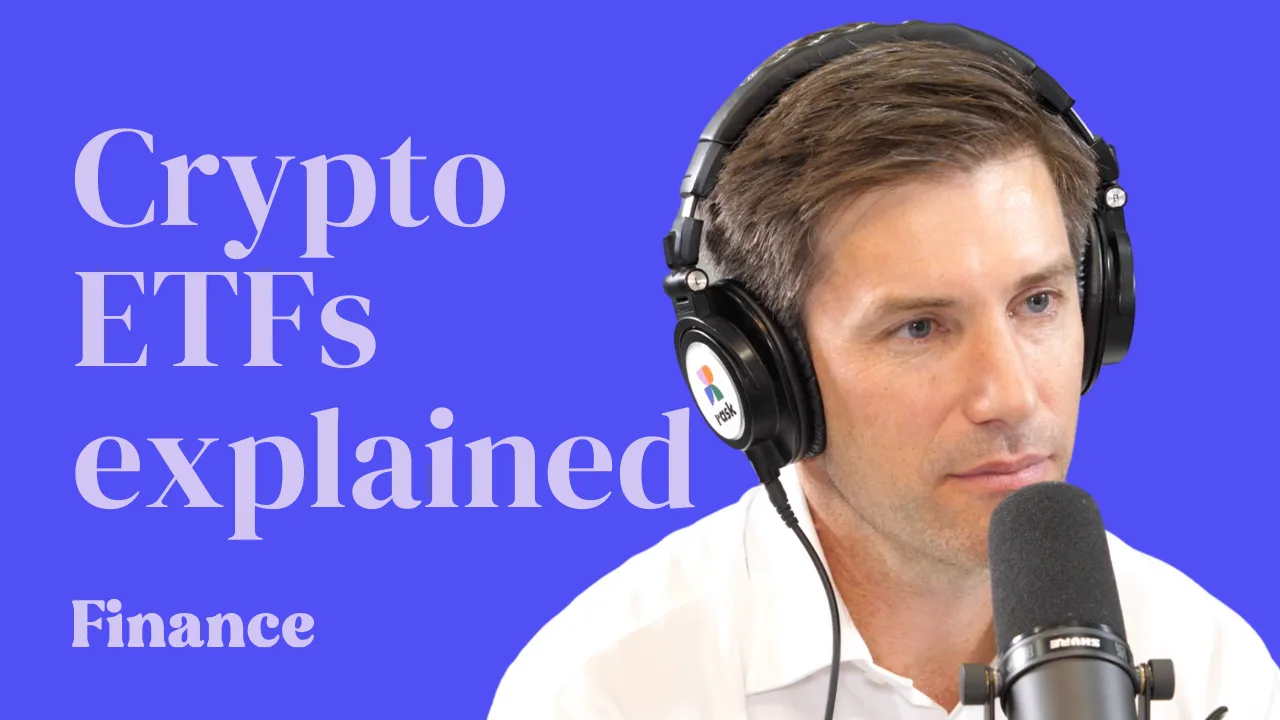The Bank of Queensland Limited (ASX: BOQ) share price is on watch this month as ASX investors scramble to put a rough valuation on the BOQ share price. In this update, you’ll discover how to value a bank share like Bank of Queensland Limited but remember this is just a quick version.
Australia’s big banks make up around 20% of the share market, measured by market capitalisation and inclusion in the S&P/ASX 200 (INDEXASX: XJO) index.
It’s easy to see why ASX bank shares have been so popular since the early 1990s, when Australia experienced a recession and mortgage interest rates were over 15%!
One great thing about banks is that, for the most part, they are ‘implicitly’ protected from complete financial collapse or bankruptcy because a bank going out of business would be a political nightmare. In saying that, as we’ve seen recently, shareholder returns are never guaranteed.
Using comps for PE ratios
The PE ratio compares a company’s share price (P) to its yearly earnings per share (E) (note: ‘earnings’ is another word for profit).
There are three simple ways to quickly use the PE ratio. First, you can use ‘intuition’ and say ‘if it’s low, I’ll buy shares’ or ‘if it is above 40x, I’ll sell shares’ (whatever works for you).
Secondly, you can compare the PE ratio of a stock like BOQ with WBC or the sector average. Is it higher or lower? Does it deserve to be more expensive or cheaper? Third, you can take the earnings/profits per share of the company you’re valuing and multiply that number by a PE multiple that you believe is appropriate. For example, if a company’s profit per share (E) was $5 and you believe the stock is ‘worth at least 10x its profit’ it would have a valuation, according to you, of $5 x 10 = $50 per share.
If we take the BOQ share price today ($5.16), together with the earnings (aka profits) per share data from its 2023 financial year ($0.68), we can calculate the company’s PE ratio to be 7.6x. That compares to the banking sector average PE of 12x.
Next, take the profits per share (EPS) ($0.68) and multiply it by the average PE ratio for BOQ’s sector (Banking). This results in a ‘sector-adjusted’ PE valuation of $8.27.
Why fully franked dividends boost the BOQ share price
A dividend discount model or ‘DDM’ is a more robust way of valuing companies in the banking sector.
DDM valuation models are some of the oldest proper valuation models used by professional analysts or brokers on Wall Street (note: just because they’re old doesn’t make them ‘good’). A DDM model takes the most recent full year dividends (e.g. from last 12 months or LTM), or forecast dividends for next year, and then assumes the dividends remain consistent or grow for the forecast period.
To make this DDM easy to understand, we will assume last year’s dividend payment ($0.44) climbs at a fixed rate each year.
Next, we pick the ‘risk’ rate or expected return rate. This is the rate at which we discount the future dividend payments back to today’s dollars. The higher the ‘risk’ rate, the lower the share price valuation.
We’ve used a blended rate for dividend growth and a risk rate between 6% and 11%, then got the average.
This simple DDM valuation of BOQ shares is $8.39. However, using an ‘adjusted’ dividend payment of $0.52 per share, the valuation goes to $9.32. The expected dividend valuation compares to Bank of Queensland Limited’s share price of $5.16. Since the company’s dividends are fully franked, you might choose to make one further adjustment and do the valuation based on a ‘gross’ dividend payment. That is, the cash dividends plus the franking credits (available to eligible shareholders). Using the forecast gross dividend payment ($0.74), our valuation of the BOQ share price calculation to $13.32.
BOQ share price, key takeaways
It goes without saying that these two valuation strategies are only the starting point of the process for analysing and valuing a bank share like BOQ. If we were looking at the shares and considering an investment, we’d want to know more about the bank’s growth strategy. Are the net interest margins holding up if they are pursuing more lending (i.e. interest income)? How are they dealing with regulation if they seek more non-interest income (fees from financial advice, investment management, etc.)?
Finally, it’s always important to make an assessment of the management team. For example, when we pulled data on Bank of Queensland Limited’s culture we found that it wasn’t a perfect 5/5. No company has a perfect culture, of course. However, culture is one thing we think about a lot when analysing companies to buy and hold over the very long-term (10+ years).








